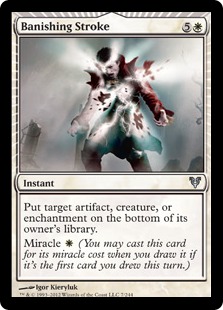
Exploring the Differences in Statistics During the Dead Ball Era
Baseball has a rich history that spans over a century, with each era characterized by unique player skills, strategies, and playing conditions. One such distinct period is the Dead Ball Era, which lasted from the early 1900s until the end of World War I. During this era, baseball statistics differed significantly from the modern game, offering a fascinating glimpse into how the sport has evolved over time.
The Impact of the Dead Ball on Offensive Statistics
One of the most notable differences during the Dead Ball Era was the emphasis on small ball tactics due to the nature of the baseball itself. Unlike the livelier, more offensive-friendly balls used today, the balls used in that era were softer and less tightly wound, making it harder for batters to hit for power.
As a result, offensive statistics such as home runs and slugging percentages were significantly lower during this period. Instead of relying on power hitting, players focused on hitting for high averages, using speed on the basepaths, and executing strategic plays such as bunting and stealing bases to manufacture runs.
The Evolution of Pitching and Defensive Statistics
With the emphasis on manufacturing runs and the difficulty of hitting for power, pitching and defense played a crucial role in the success of teams during the Dead Ball Era. Pitchers were highly valued for their ability to control the ball, induce ground balls, and minimize walks and hits.
As a result, statistics such as earned run average (ERA), complete games, and shutouts were more prevalent and valued during this time. Pitchers like Walter Johnson and Christy Mathewson became legends for their dominant performances on the mound, utilizing finesse and control to outwit opposing batters.
Comparing Player Performance Across Eras
When looking at statistics from the Dead Ball Era compared to the modern era, it’s essential to consider the context in which the game was played. While modern players may have higher offensive numbers, the strategies and skills required to excel in the Dead Ball Era were markedly different.
Players like Ty Cobb, known for his exceptional batting average and base-stealing prowess, thrived in the Dead Ball Era due to their ability to adapt to the style of play prevalent during that time. Comparing players across different eras requires a nuanced understanding of how the game has evolved and how external factors like rule changes and advancements in equipment have influenced player performance.
FAQs
Q: Why were statistics different during the Dead Ball Era?
A: The softer, less lively baseballs used during the Dead Ball Era made it harder for batters to hit for power, leading to lower offensive numbers and a greater emphasis on small ball tactics.
Q: Which statistics were more valued during the Dead Ball Era?
A: Pitching and defensive statistics such as ERA, complete games, and shutouts were highly valued during this period, reflecting the importance of control and finesse on the mound.
Conclusion
The Dead Ball Era stands as a unique period in baseball history characterized by a different style of play and statistical emphasis. By exploring the differences in offensive, pitching, and defensive statistics between the Dead Ball Era and the modern game, we gain a deeper appreciation for how the sport has evolved over time while recognizing the diverse skills and strategies that have shaped baseball’s rich legacy.
Source Image: sports.yahoo.com

Source Image: shopify.com
Solved: 11. How were statistics different during the Dead-Ball Era? A. Batting averages were highe [algebra] During the dead ball era, it was not unusual for a single baseball to be used for an entire game—sometimes until it unraveled. Because the path of a scuffed or damaged ball was unpredictable and a dirty ball was hard to see, it became increasingly difficult to catch or hit a ball as a game progressed. … But during the previous two decades










